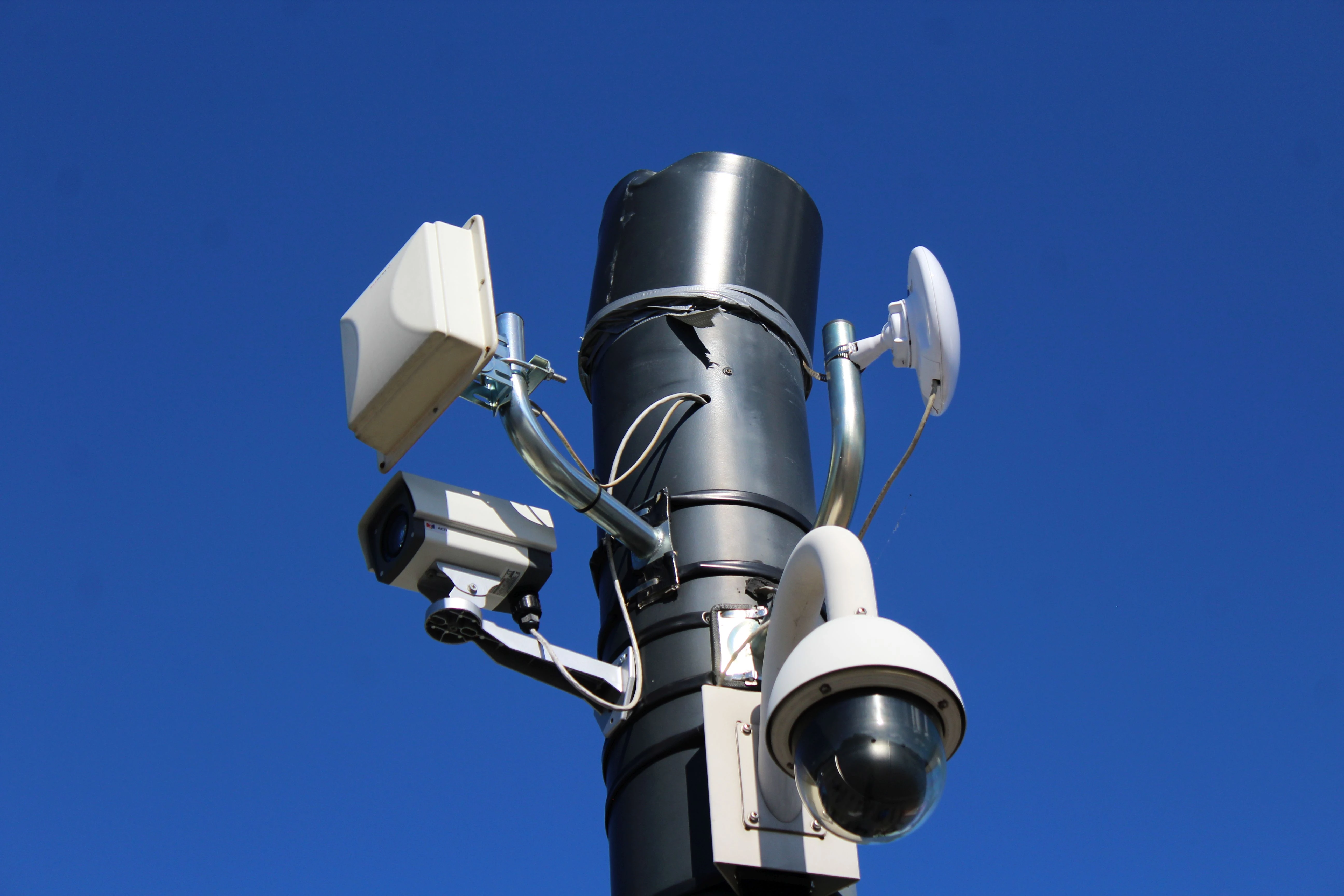Children as young as six have come across pornography online, according to new research from the Children's Commissioner. More than a quarter of young people have seen pornographic content by age 11, with exposure rates increasing despite new UK safety laws taking effect just months ago.
The survey of 16 to 21-year-olds conducted in May 2025 found that 59% discovered pornography accidentally, compared to 35% who actively sought it out. This represents a dramatic rise in accidental exposure from 38% in 2023, according to The Guardian.
Violent content exposure alarming
The research revealed disturbing exposure to violent sexual content, with 58% of respondents seeing pornography depicting strangulation before turning 18. Additionally, 44% reported viewing depictions of rape, specifically content showing sex with unconscious victims.
Alarmingly, 44% of those surveyed agreed that "girls may say no at first but then can be persuaded to have sex". Girls were more likely to agree with this statement than boys, highlighting how pornography exposure affects attitudes towards consent.
Social media emerges as main gateway
Social media platforms and networking sites accounted for eight out of ten main sources where children accessed pornographic content. X, formerly Twitter, was the most common source at 45%, outstripping dedicated pornography sites at 35%.
This occurs despite new Online Safety Act requirements for social media sites and search engines to implement safety measures preventing children from viewing harmful content. An Ofcom survey in July found almost one in ten UK children aged eight to 14 had visited an online pornography site over a month-long period.
New laws show mixed results
Ofcom implemented new age verification rules for pornography sites on 25 July 2025 under the Online Safety Act, requiring sites to enforce age checks or face large fines or UK blocking. The Guardian reports that Pornhub traffic decreased by 47% in the UK after these rules, losing over one million visitors in two weeks.
However, critics worry that stricter age checks could push children towards smaller, less regulated websites without proper safety measures. The average age when children first see pornography is 13 years old, with boys more likely than girls to report exposure.
Commissioner calls situation 'rock bottom'
Children's Commissioner Dame Rachel de Souza said: "My first report into children's exposure to pornography two years ago offered damning proof of the scale of the problem we needed to solve. Today's research highlights how little has changed in two years: violent pornography is easily accessible to children, exposure is often accidental and often via the most common social media sites, and it is impacting children's behaviours and beliefs in deeply concerning ways."
According to the Evening Standard, Dame de Souza characterised her findings as a "snapshot of what rock bottom looks like". She added: "Technology is evolving at incredible speed, but so are the risks it poses for the children using it. Our response - and our regulation - must match its pace."
Vulnerable children at higher risk
The Guardian reports that vulnerable children, including those receiving free school meals, those with social workers, and children with special needs or disabilities, are more likely to see pornography by age 11. This highlights how existing inequalities are amplified online.
The Commissioner has outlined several recommendations to tackle evolving harms, including establishing the British Board of Film Classification as a regulator of pornographic content and closing VPN loopholes that allow children to bypass age verification systems.
Sources used: "HuffPost UK", "The Guardian", "Evening Standard", "PA Media" Note: This article has been edited with the help of Artificial Intelligence.









